Essential Cooking Equipment For Your Kitchen
Ali Segersten Jan 31, 2025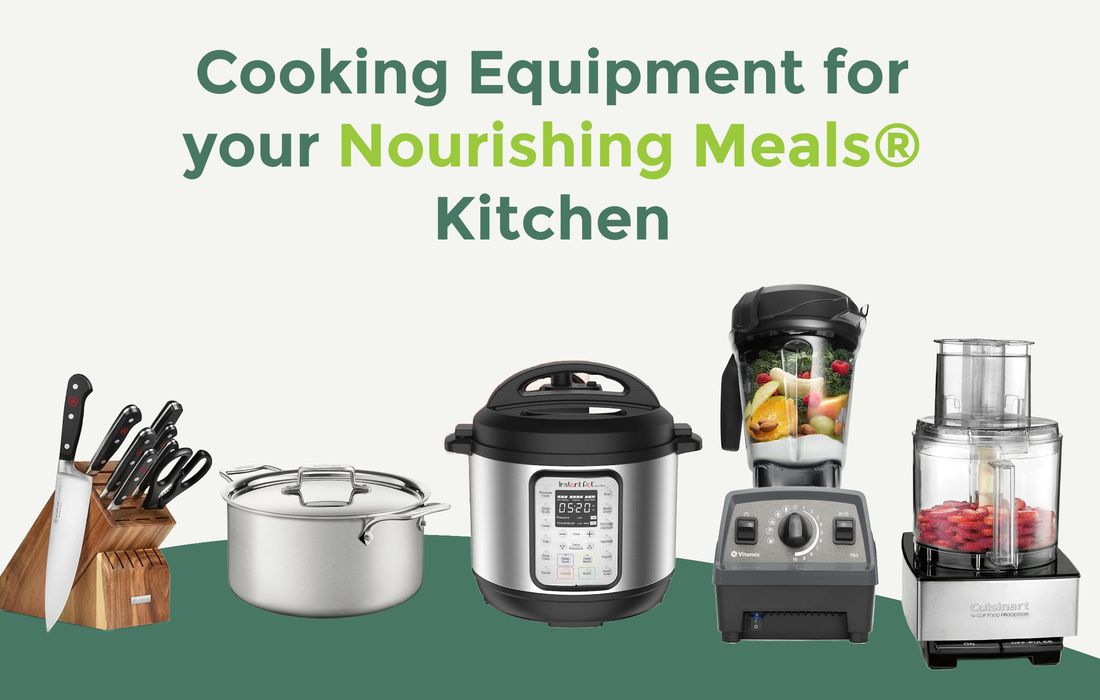
When embarking on any new diet plan, it's essential to organize your kitchen with several key pieces of kitchen equipment. These items will make meal preparation go smoothly and help you have success on your diet. Many of the recipes in our membership portal utilize a food processor, high-powered blender, and Instant Pot to cut down on time spent in the kitchen and assist you in making delicious, nourishing meals.
Other helpful kitchen tools that many of the recipes use include a mason jar citrus juicer, high-quality garlic press, microplane graters, fine mesh strainers, and tempered glass measuring cups. Additionally, having several high-quality knives will make all of the chopping and slicing much more enjoyable! In this post, you'll find key pieces of equipment to prioritize adding to your kitchen to make meal preparation more efficient and enjoyable.
Food Processor
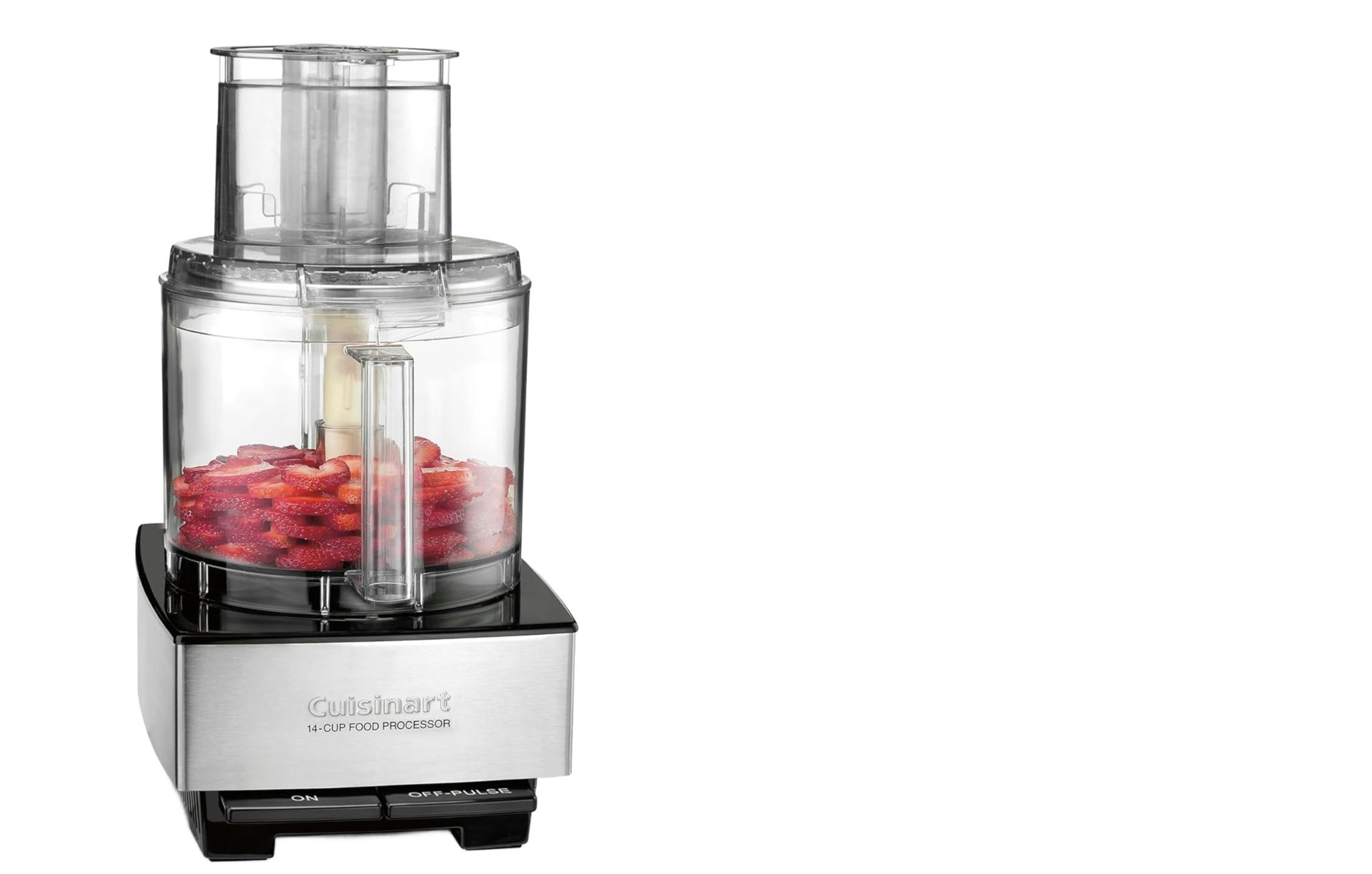
I use a 14-cup Cuisinart Food Processor. This essential piece of cooking equipment helps to shred and grate your vegetables in a snap! Make large batches of nourishing, detoxifying slaws in minutes! A food processor also is used to make energy balls, hummus, and burger patties. I use my food processor several times per week! Look for a 14-cup or 11-cup size, depending on your needs. This particular model is my favorite, and very easy to use. It comes with slicing and grating discs. I was gifted my first food processor in 2003 and that one lasted for 20 years (the identical model linked and shown here)!
High-Powered Blender
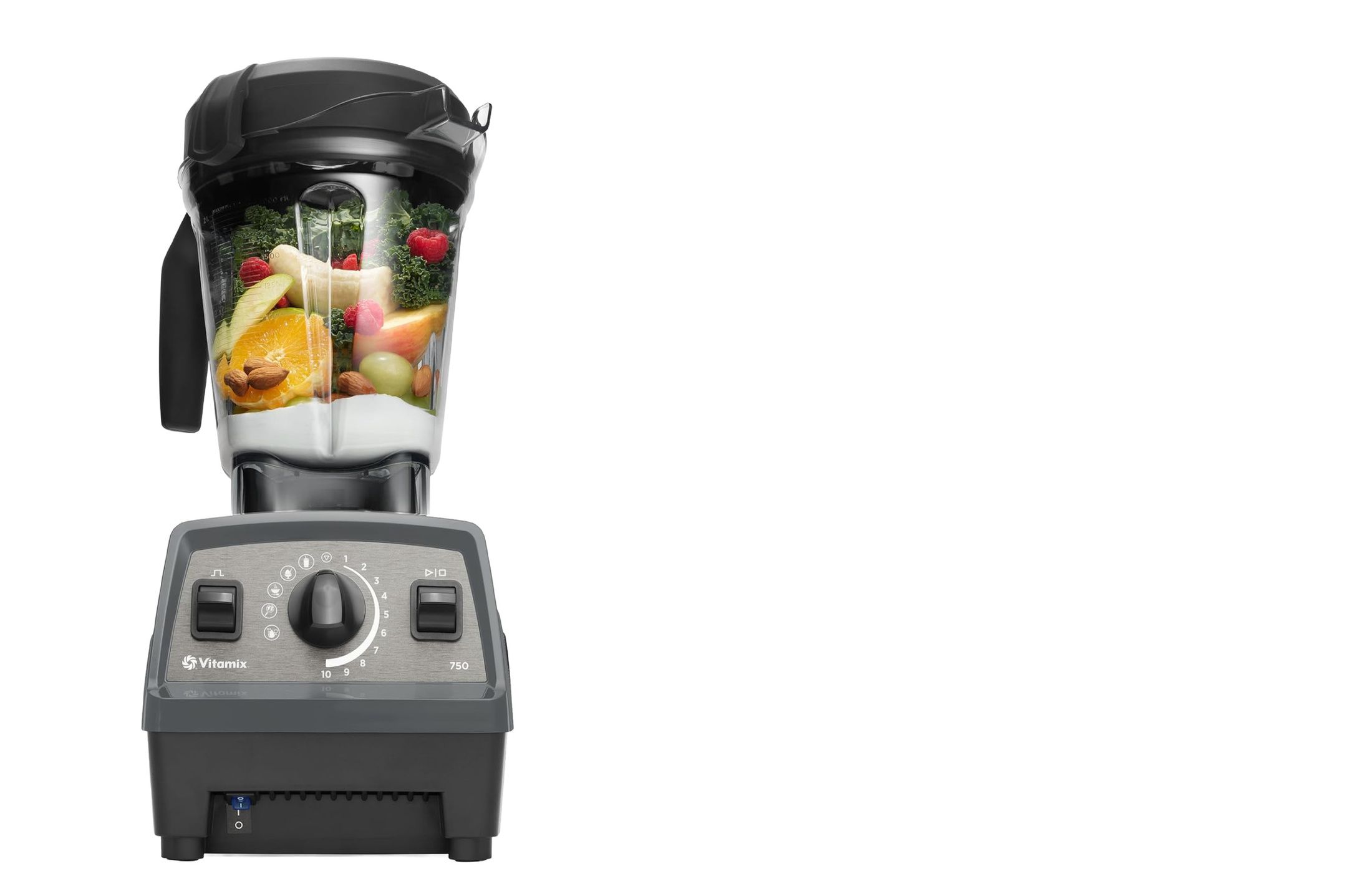
If possible, invest in a good high-powered blender (new or refurbished) to create nourishing smoothies, salad dressings, nut milks, and so much more. I have several different containers for my Vitamix. One for grinding grains, such as raw buckwheat groats, and a stainless steel container for blending hot soup.
Electric Pressure Cooker
.jpg)
An electric pressure cooker, such as an Instant Pot, will greatly cut down cooking time for rice, bone broth, soups, stews, legume recipes, shredded meats, and so much more! The 6-quart size works well for most families, though I prefer the 8-quart size for cooking whole chickens, roasts, and bone broth.
Stainless Steel Pots and Pans
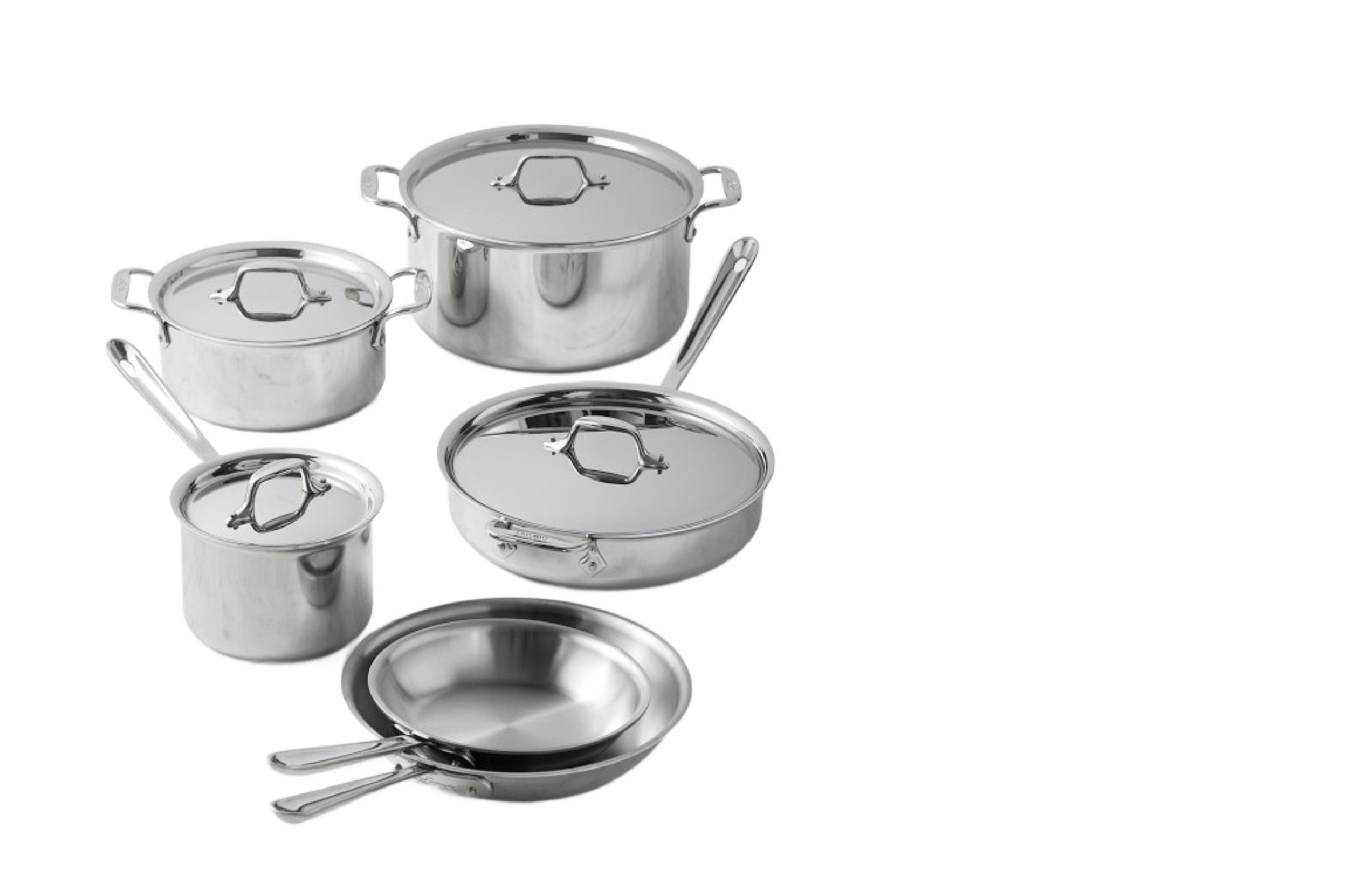
It is best to get rid of all non-stick cookware to reduce chemical exposure and use stainless steel and cast iron instead. Food doesn't stick to high-quality stainless steel pots and pans when they are heated properly before adding a cooking fat and your ingredients. Look for cookware that says tri-ply or 5-ply. I use 5-ply cookware. The most essential sizes to have are an 8-quart pot, 2-quart or 3-quart pot, and 10-inch skillet. I also use 10-inch and 12-inch cast iron skillets almost daily. There are numerous different brands of stainless steel cookware to choose from based on your budget. I have my favorite brand linked on the button below, however, a less expensive option is this set from Costco.
High-Quality Knives
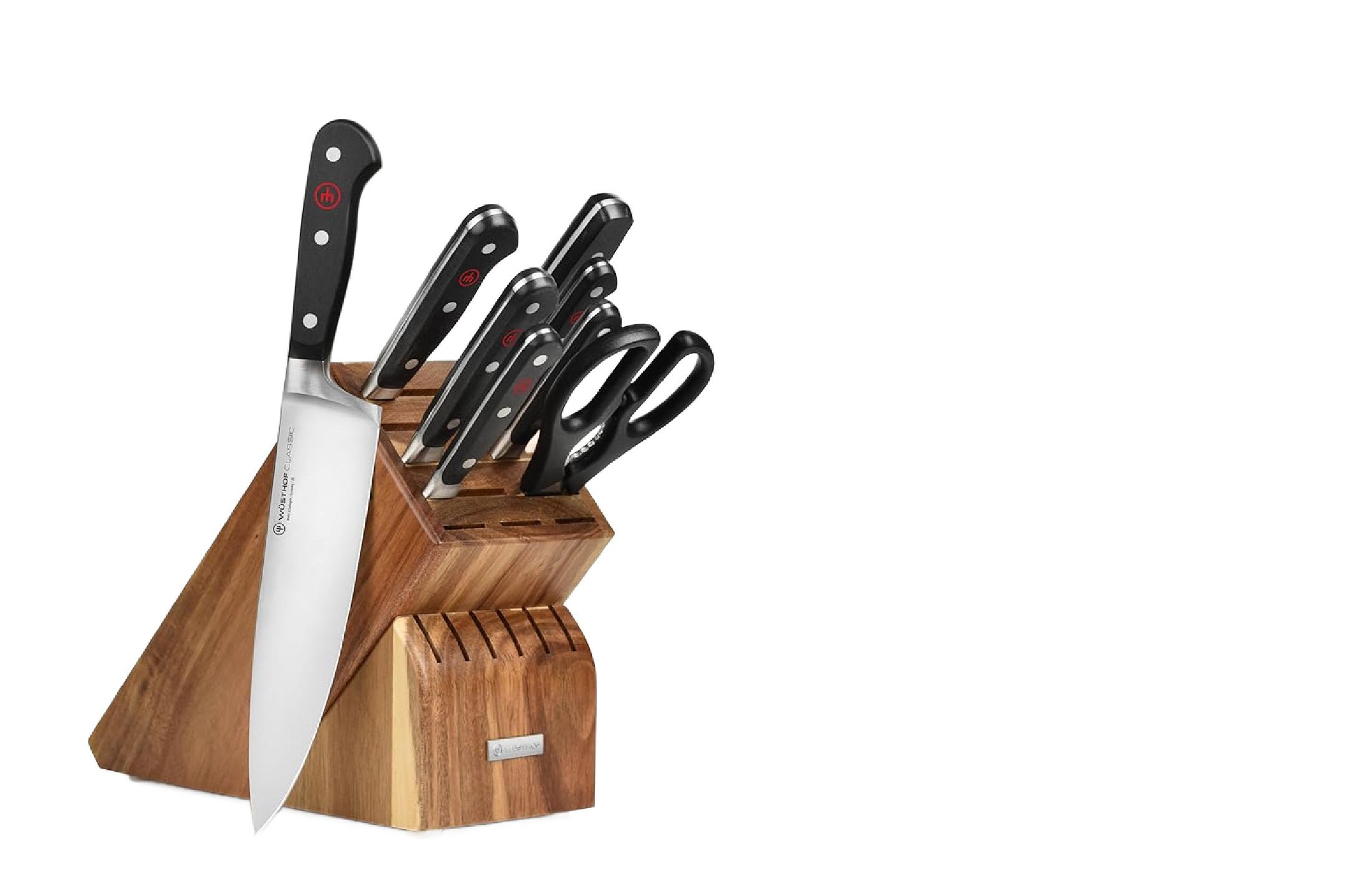
A few good forged knives and several wooden cutting boards can make all the difference when cooking most or all of your meals from scratch! High-quality knives effortlessly cut through food. A small, sharp serrated utility knife will cut through tomatoes like butter. A high-quality, sharp chef's knife will easily cut through large vegetables such as cabbage, cauliflower, broccoli, and onions; chop raw nuts and seeds; and easily slice through raw meat. You'll be amazed at how much more efficient you are in the kitchen when you have a few high-quality knives to work with. The three most essential sizes to have on hand are either an 8-inch or 6-inch chef's knife, a 5-inch serrated utility knife, and a 3.5-inch paring knife. Note: I use wooden cutting boards for all of my recipes, including raw meat (no plastic cutting boards in my kitchen to reduce plastic exposure).
More Essential Kitchen Tools
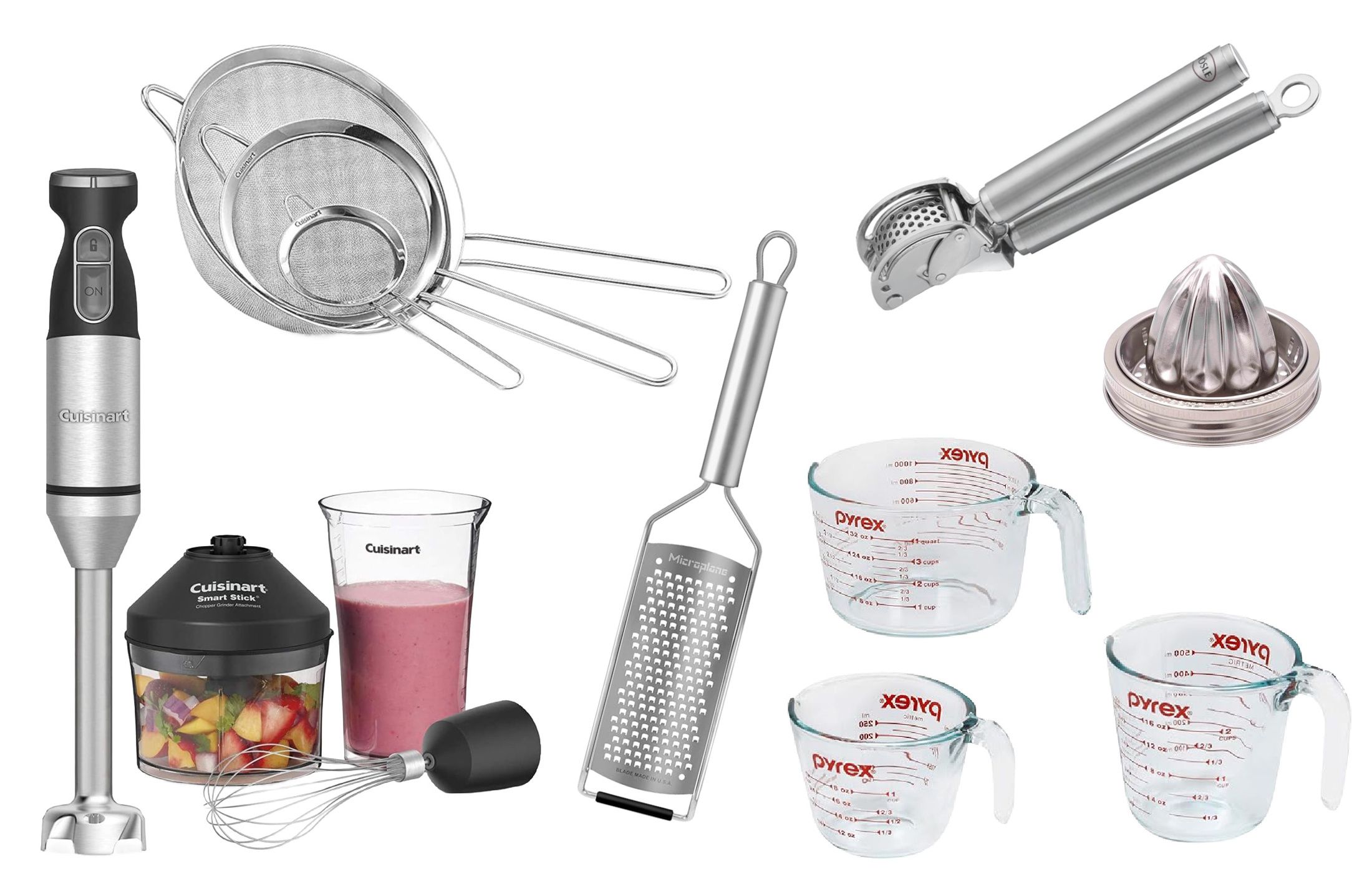
To make meal prep go smoother, you might also consider investing in a set of Pyrex liquid glass measuring cups, fine mesh strainers (for rinsing legumes, grains, and berries), a good quality garlic press, a citrus juicer (for lemons and limes) that attaches to wide mouth mason jars, a fine microplane grater (for citrus zest) and coarse microplane grater (for fresh ginger and hard cheeses), and an immersion blender (for pureeing soup right in the pot or making small batches of creamy salad dressings).
Prioritize the kitchen tools you think you'll use most first, then slowly add other tools as you go. Having the right tools to work with can make all the difference in how efficient you are in the kitchen.
High-Quality Water Filter
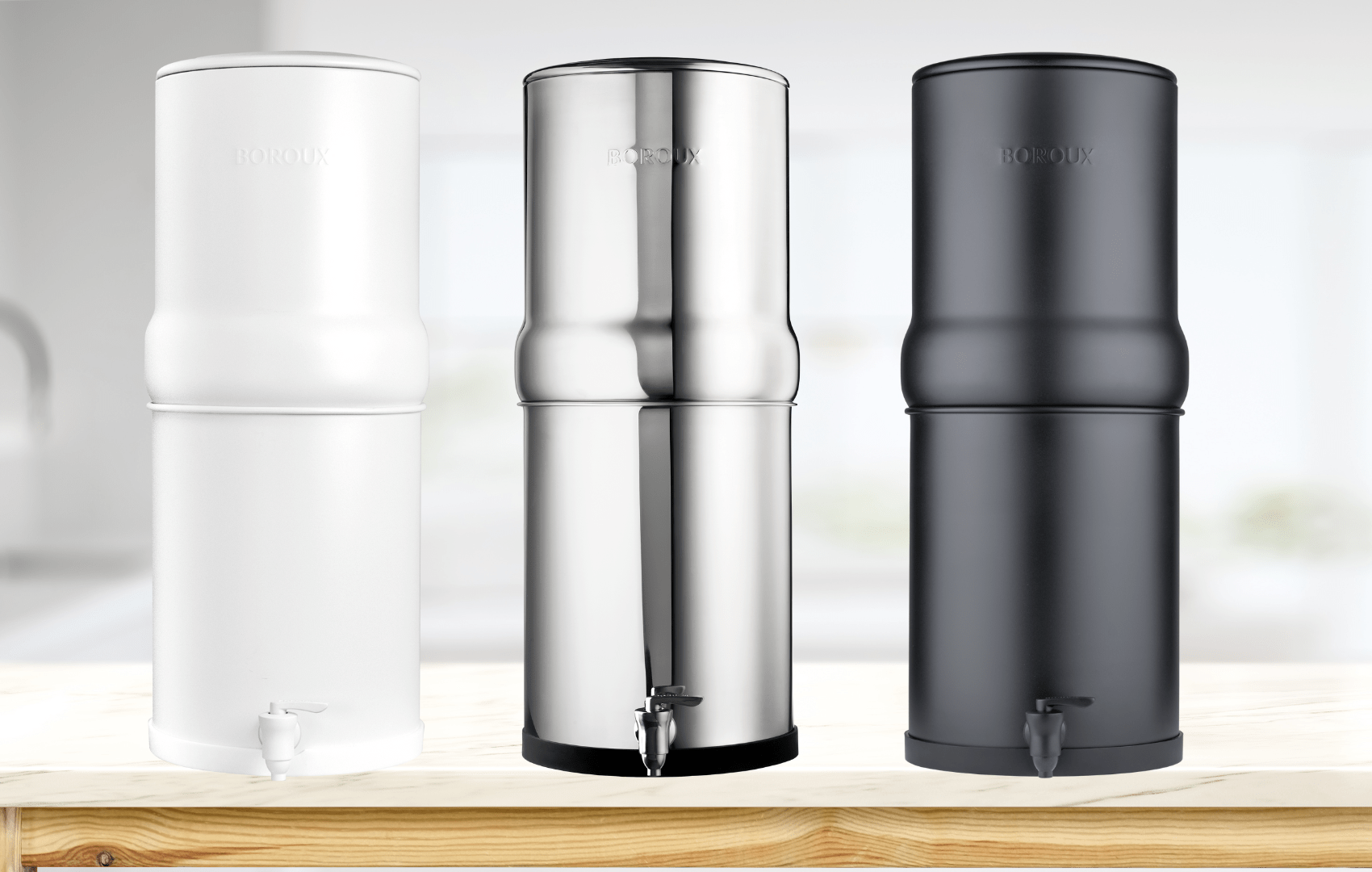
Clean water is the foundation of nourishing meals. Boroux gravity-fed water filter systems offer a reliable, non-electric way to ensure you always have pure, great-tasting water at home or on the go. Crafted from durable stainless steel, these two-chamber systems use long-lasting activated carbon black filters to reduce chlorine, lead, pesticides, microplastics, and other contaminants. Simply pour water into the upper chamber and let gravity do the work—fresh, filtered water collects in the lower chamber, ready to dispense from the spigot.
Why I love them:
- No electricity or plumbing needed—perfect for home kitchens, travel, or emergency preparedness.
- Durable stainless steel design that lasts for years.
- Long filter life—a pair of Boroux Foundation Filters is warranted for 12 months of daily use.
- Optional fluoride filters for those who want added protection.
- Simple maintenance—just a quick scrub and re-prime to keep filters working smoothly.
Download the Essential Cooking Tools Guide
Want a beautiful, easy-to-reference resource for your kitchen? This free guide highlights the core equipment that makes cooking whole-food meals simple, efficient, and enjoyable. From food processors to cast iron skillets, you’ll learn which tools to prioritize and why they matter for everyday nourishing cooking.

About the Author
Alissa Segersten, MS, CN
Alissa Segersten, MS, CN, is the founder of Nourishing Meals®, an online meal-planning membership with over 1,800 nourishing recipes and tools to support dietary change and better health. As a functional nutritionist, professional recipe developer, and author of The Whole Life Nutrition Cookbook, Nourishing Meals, and co-author of The Elimination Diet, she helps people overcome health challenges through food. A mother of five, Alissa understands the importance of creating nutrient-dense meals for the whole family. Rooted in science and deep nourishment, her work makes healthy eating accessible, empowering thousands to transform their well-being through food.Nourishing Meals Newsletter
Email updates.


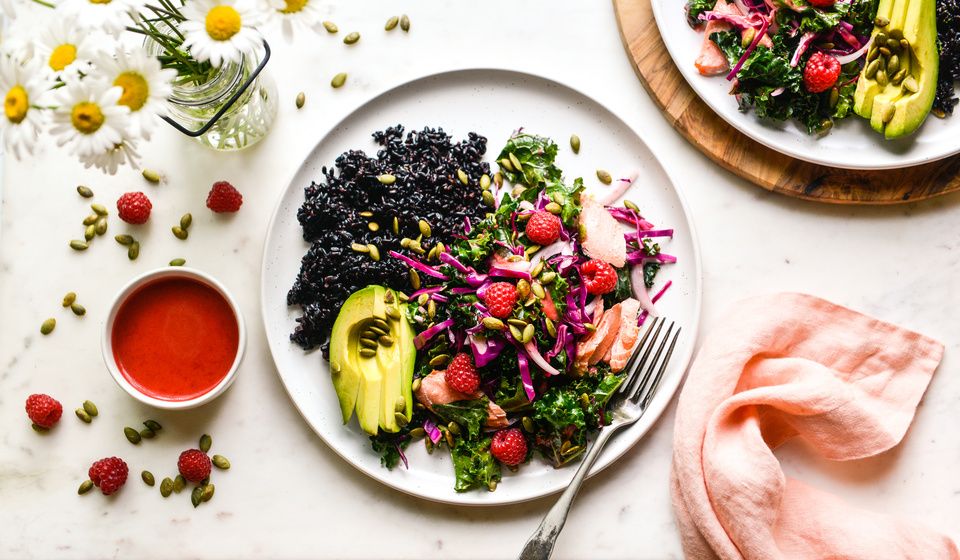



Add Comment